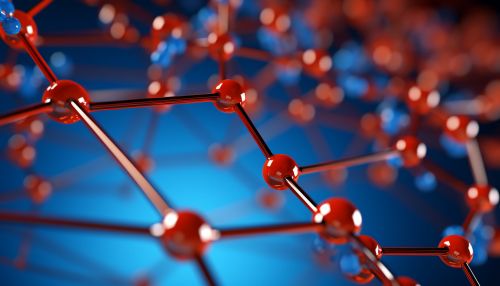Catecholamine
Overview
Catecholamines are a group of neurotransmitters and hormones that play a significant role in the body's physiological response to stress. They include dopamine, norepinephrine (noradrenaline), and epinephrine (adrenaline). These substances are produced in the adrenal glands and certain areas of the brain.


Structure and Synthesis
Catecholamines are derived from the amino acid tyrosine. The synthesis of catecholamines involves several enzymatic reactions, starting with the conversion of tyrosine to DOPA (dihydroxyphenylalanine) by the enzyme tyrosine hydroxylase. DOPA is then converted to dopamine, which can be further converted to norepinephrine and then to epinephrine.
Function
Catecholamines function as both hormones and neurotransmitters. As hormones, they are released into the bloodstream by the adrenal glands in response to stress. As neurotransmitters, they transmit signals across synapses in the brain.
Role in the Body
Catecholamines play a crucial role in the body's response to stress, often referred to as the "fight or flight" response. This involves a range of physiological changes, including increased heart rate, blood pressure, and blood glucose levels.
Clinical Significance
Abnormal levels of catecholamines can be indicative of several medical conditions, including pheochromocytoma, a rare tumor of the adrenal glands, and certain neurological disorders such as Parkinson's disease and schizophrenia.
